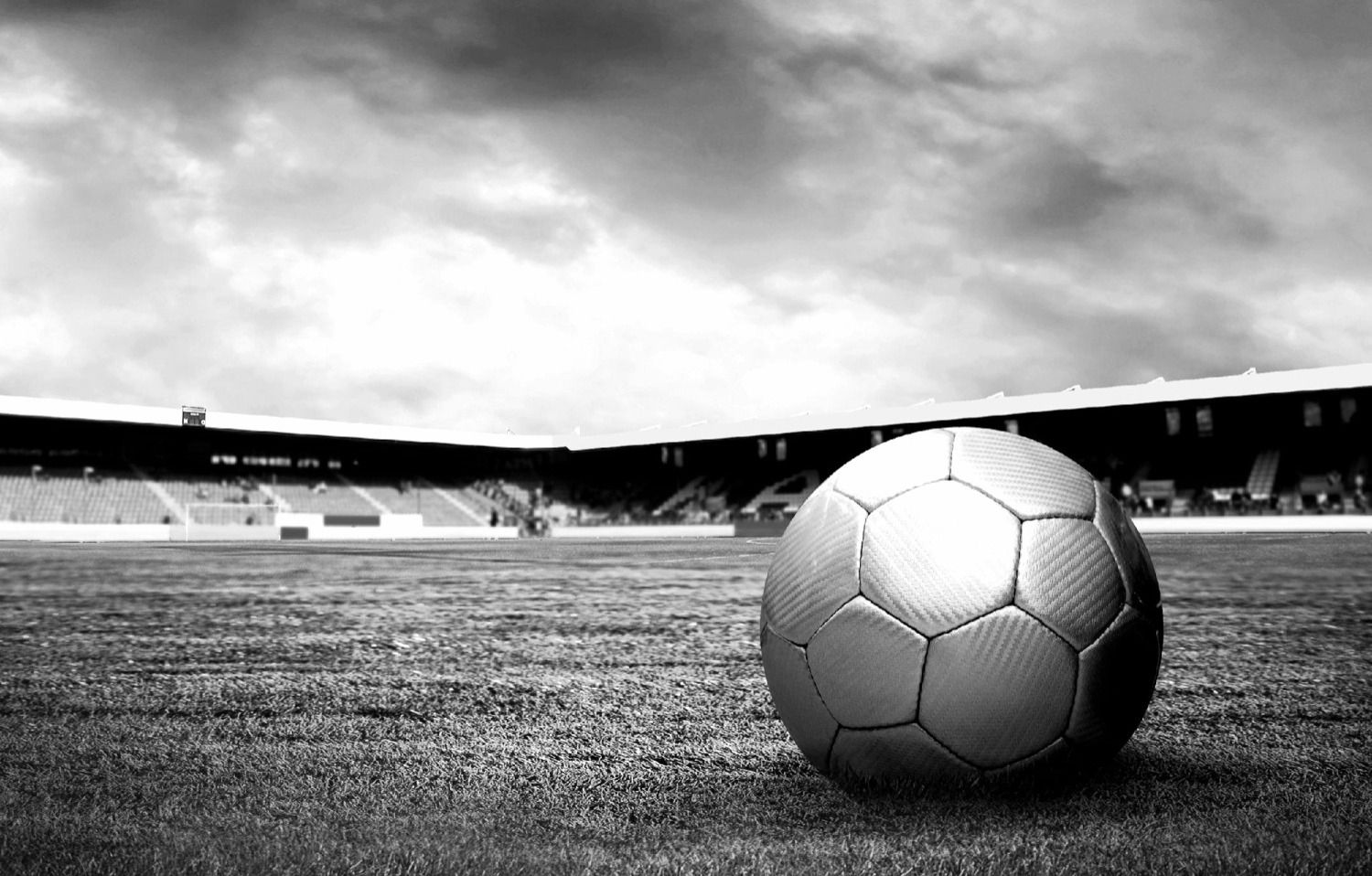On October the 9th 2019, the Indian national football team played a friendly against NorthEast United FC in Indira Gandhi Athletic Stadium in Sarusajai, Guwahati. With a maximum capacity of 23,850 that evening to much of a surprise for many, about 90% of the attendees supported the home club rather than the national team. This was nothing against the country colors, rather an expression of the sentiment of ever-lasting demarcation that the people of North-East India have experienced from the mainland. They vehemently cheered for the club that has been successful in bringing together the people of North-East on cultural grounds irrespective of the ethnic differences they have had over the years. Those differences shed their wings when the club was formed on the 13th of April 2014 as a franchisee of the Indian Super League. The national team had players from this region as well that night, but they mattered less than the ones representing the badge that said 'Stronger Together', and the motto that the torchbearers of the rising fan culture of North-East Indian football, the Highlander Brigade has always tried to portray: We Walk Through This Together.

India vs North-East United Football Club
(Source: NEUFC Media)
North-East India has always been a victim of negligence since the colonial era as the British found it difficult to administer the terrain, which started beyond the chicken neck that is the Siliguri corridor. The various kingdoms that ruled the region were given the least importance and to some extent difficult to overthrow. That is when, gradually the area lost its social significance. On top of it, the distinctive culture of the multiple ethnicities had stark contrast to mainland India. This negligence echoed over the years even after the independence when the central government paid lesser heed to the economic and political issues that were rising. Furthermore, the cultural hegemony that the British imparted on India, was carried forward by the dominating communities of post-colonial India. While, political frustrations were vented out by either movements or insurgencies which pushed the region further back in time in terms of development, socially and culturally the people still have had to experience the 'othering' from the residents of mainland India. 'Unity in Diversity' held only on textbooks and selective politically oriented activities, the highlands never were accepted by the mainland as one of their own. This could be seen by the discrimination based on looks, dress, food habits, accent as well as the choice of living in general. The mental, verbal, as well as physical abuse at times that the people of North-East experienced, have always been a motive of solidarity amongst the residents of the region despite the cultural differences they have had among themselves. But, for those who could not step into the political sphere to raise voices against such cultural hegemony and discrimination, culture became a medium especially sports. Just like people of Bengal took football as a way to respond against the imperial hegemony that led to the formation of Mohun Bagan FC (1889) and the formation of East Bengal FC(1920) due to the cultural hegemony of the local 'Ghotis' over the 'Bangals', North East United FC was a similar tool, a platform, where people from the 8 states that is the Seven Sisters and a cousin came together to join hands and show that the region matters, the people matter.

(Source: ISL)
Sports have always been a medium to express feelings of joy, solidarity, and anguish, and to get out of the panopticon of everyday life where a person is just another brick in the wall. The rat race takes a toll on one's psyche and football has always been a way to let out such emotions. A crunching tackle, a 40 yards screamer, a nutmeg, they all mattered as they all gave the supporters a chance to be themselves without the fear of sanctions. For the people of North-East, this club was a chance to be themselves, to vent out the angst that they have bottled in for years, passed on generation after generation. For them, the anthem, the banners, the flags, the badge became totems just like in any religion. These totems brought them together against the continuous ‘othering’ and the step-motherly attitude that the rest of India felt, and somewhere down the line became a normalized form of discrimination. Unity in peril was the inception point. For the people here, color, caste, creed, and religion did not matter. All that mattered was the badge, and the players representing it. Martin Chaves is an Uruguayan, but he mattered more than Len Doungel as the latter kicked the former in a crunching tie against Goa even though Len hails from Manipur, represented their colors the season before and even scored a hattrick. Martin mattered more. Anyone in the colors of North-East United FC matters more irrespective of the ascribed identity one carries along. The highlander Brigade erupted in anger that night. Martin, a 22-year-old from 9000 miles away was one of their own, Len was not. The highlanders have become a family, with bonds so strong that any hostility from outside is not tolerated. Because it is more than just a game. It is a medium to communicate to the rest of the world, that 'Our Hills Are Stronger Than Your Castle'.


Great article Aashirwad 👌👍